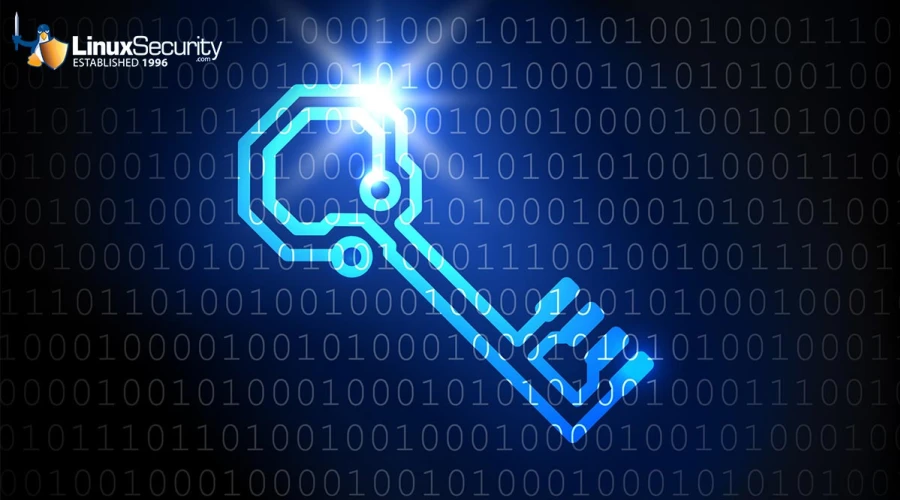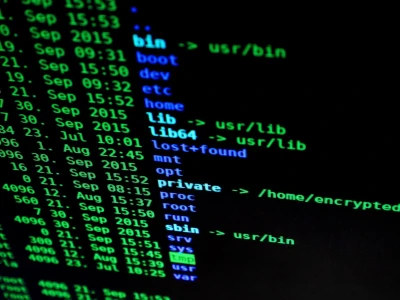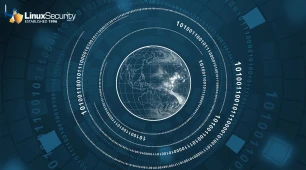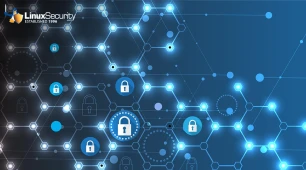
Cybersecurity has always been dynamic, and threats are evolving rapidly. One of the latest entrants into this dangerous arena is Eldorado, a ransomware-as-a-service (RaaS) that targets Windows and Linux systems. As revealed by Group-IB's recent discovery, this new ransomware has been making waves since it was first discovered in March 2024.
To help you secure against Eldorado and other RaaS threats targeting Linux, I'll walk you through how the ransomware operates, what makes it especially dangerous, and practical mitigation strategies for securing your systems.
Eldorado Ransomware: How Does It Operate & Who Does It Target?
 Eldorado encrypts files and keys on infected computers using a combination of Golang and Rivest-Shamir Adleman -Optimal—Asymmetric Encryption Padding RSA-OAEP. This ransomware targets shared networks via the Server Message Block protocol (SMB), complicating recovery for organizations.
Eldorado encrypts files and keys on infected computers using a combination of Golang and Rivest-Shamir Adleman -Optimal—Asymmetric Encryption Padding RSA-OAEP. This ransomware targets shared networks via the Server Message Block protocol (SMB), complicating recovery for organizations.
The encryptor is available in Linux (ESXi) and Windows (Win) formats, demonstrating its ability to adapt to various operating systems. Since its inception, Eldorado has accrued victims across multiple sectors—from real estate to healthcare—underscoring its indiscriminate nature and widespread applicability.
The Danger of the Species
Eldorado’s cross-platform capability is particularly dangerous. This feature allows the ransomware to lock files on Windows and Linux servers, exponentially increasing the number of possible targets. Advanced encryption makes it difficult to decrypt files without the keys, which attackers closely guard.
Another reason to be concerned is ransomware’s strategy of targeting shared networks. This means that a single infected device can lead to a network-wide compromise.
Examining The Rise of Ransomware-as-a-Service (RaaS) & the Security Implications for Linux Admins
RaaS is becoming increasingly popular among cybercriminals thanks to its low entry barrier and high-profit potential. This business model allows even those without technical expertise to launch ransomware attacks by purchasing services from developers who maintain ransomware. The service-oriented ransomware model will enable it to reach a wider audience, amplifying its impact in different industries and regions.
The emergence of Eldorado ransomware has a significant impact on Linux admins. Linux systems were traditionally viewed as more secure than Windows systems and less often targeted. However, modern ransomware campaigns increasingly target Linux systems, calling for a review of current security measures.
Practical Mitigation Strategies for Combating RaaS Threats to Linux Systems
 Linux admins can proactively protect their environments against Eldorado, RaaS, and similar threats with the following practical strategies:
Linux admins can proactively protect their environments against Eldorado, RaaS, and similar threats with the following practical strategies:
- Regular Updates and Patch Management: To protect yourself from ransomware, it is essential to keep your system up-to-date. This type of malware often exploits known vulnerabilities.
- Endpoint Protection: Implementing endpoint security software that can detect and quarantine ransomware threats and eliminate them before execution.
- Regular Backups: By maintaining frequent backups and storing these backups securely offline, you can minimize the damage that data encryption causes.
- Divide Your Network: Divide your network into zones to contain ransomware if it occurs.
- Security Awareness Training is Essential: Human error is the weakest link in security. Staff must be trained to identify phishing attacks and other common attack vectors.
- Incident Response Plan: A well-documented, well-rehearsed action plan can help reduce the recovery time and associated costs after a ransomware infection.
Our Final Thoughts on Protecting Against Eldorado Ransomware & Other RaaS Threats
RaaS, like Eldorado, represents a paradigm change in the cyber threat environment. This model not only democratizes ransomware but also creates a persistent cyber threat that can be found in all digital environments, including Linux servers. Linux administrators can mitigate this threat by staying informed, retooling their security strategies, and cultivating a culture aware of cybersecurity. It is a fight of wits in the digital age, and preparedness makes all the difference!















